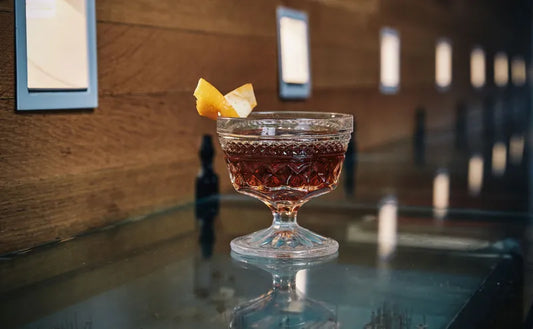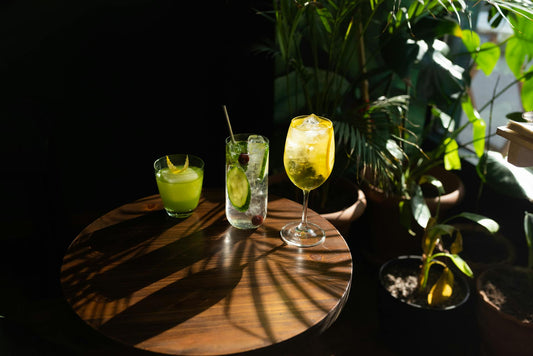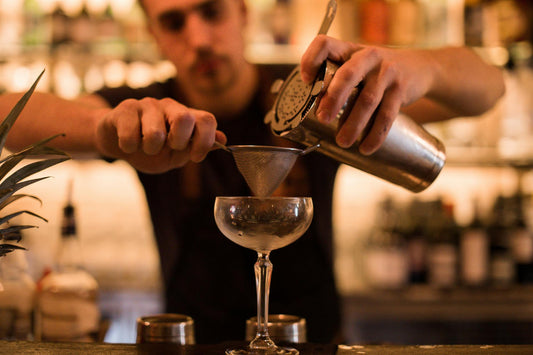Fish House Punch: A Timeless Cocktail for Every Celebration
SWEET to SOUR
(1-10)
STRENGTH
(1-10)
CALORIES
STANDARD
DRINKS
Note: these values are approximate and may vary dependent on the ingredients and brands you use.
More information...
Fish House Punch is a cocktail steeped in history and tradition, originating from the 18th century, specifically associated with the Fish House, a social club in Philadelphia. This punch is not just a drink; it embodies a sense of camaraderie and celebration, often served at gatherings and parties. The recipe has evolved over the years, but the essence of the Fish House Punch remains a delightful blend of flavors that tantalize the palate.
The ingredients of Fish House Punch are a harmonious mix that showcases the complexity of flavors. It begins with 30 ml of Cognac, a type of brandy that adds depth and warmth to the drink. The inclusion of 30 ml of light gold rum introduces a hint of sweetness and a tropical flair, making it a perfect companion to the rich notes of the Cognac. The addition of 20 ml of Giffard Crème de Pêche de Vigne liqueur brings a fruity essence, reminiscent of ripe peaches, which complements the other spirits beautifully.
To balance the sweetness, 30 ml of cold black breakfast tea is incorporated, providing a refreshing and slightly tannic quality that cuts through the richness of the alcohol. Freshly squeezed lemon juice (15 ml) adds a zesty brightness, enhancing the overall flavor profile and giving the punch a refreshing lift. Finally, a touch of rich sugar syrup (10 ml) sweetens the mix, ensuring that the drink is not overly tart.
The preparation of Fish House Punch is straightforward yet requires attention to detail. The first step is to select and pre-chill a Collins glass, which is essential for serving this punch. A garnish of lemon slice dusted with grated nutmeg not only adds visual appeal but also introduces an aromatic element that enhances the drinking experience. The ingredients are shaken with ice to chill and combine them thoroughly before being strained into the ice-filled glass, creating a refreshing and inviting cocktail.
With an alcohol strength of 14.81% by volume, Fish House Punch is moderately potent, making it suitable for social occasions where guests can enjoy its flavors without being overwhelmed. The taste profile leans towards a balanced sweet to sour ratio, rated at 7/10, which means it appeals to a wide range of palates. At approximately 250 calories per serving, it is a relatively light option for a punch, especially considering its rich flavor.
Fish House Punch is not just a drink; it is a celebration of history and social interaction. It is often associated with gatherings, making it a perfect choice for parties, picnics, or any festive occasion. The combination of spirits, tea, and citrus creates a refreshing beverage that can be enjoyed year-round, whether in the heat of summer or during cozy winter gatherings.
In conclusion, Fish House Punch is a delightful cocktail that brings together a rich tapestry of flavors and a storied past. Its ability to blend the warmth of Cognac and rum with the refreshing notes of tea and citrus makes it a timeless choice for any cocktail enthusiast. Whether you are sipping it at a summer barbecue or serving it at a holiday party, Fish House Punch is sure to impress and delight your guests.



